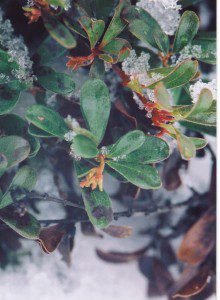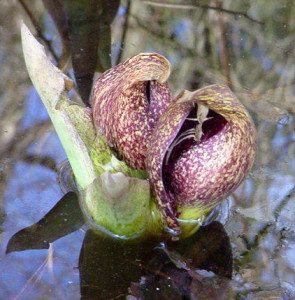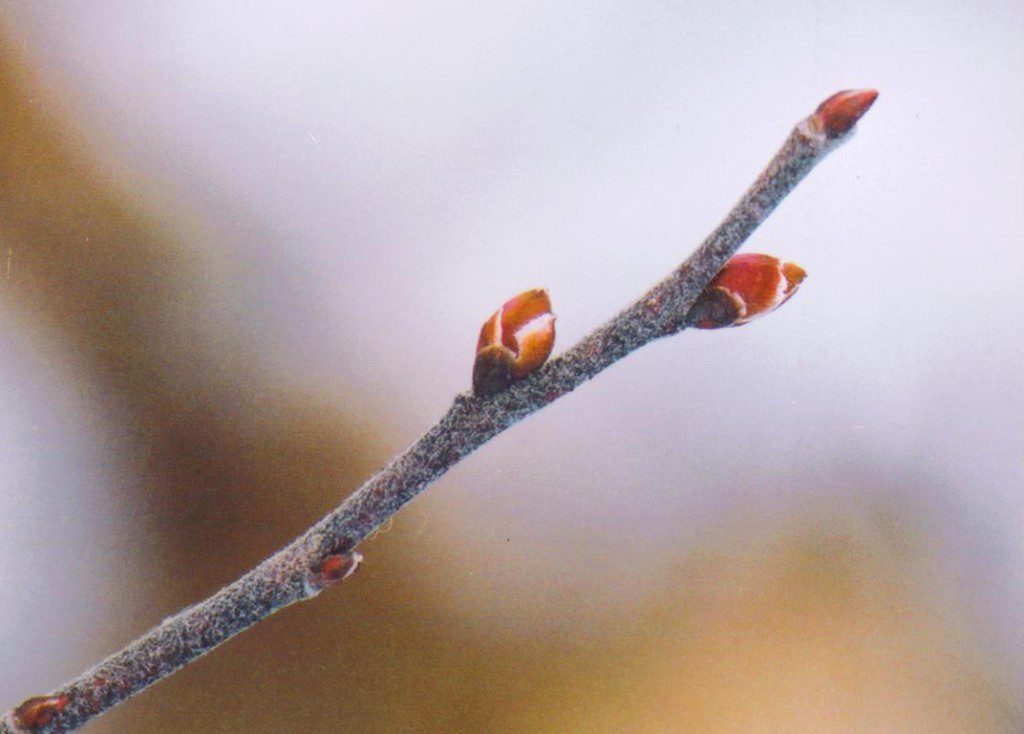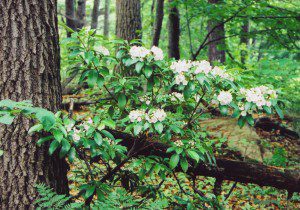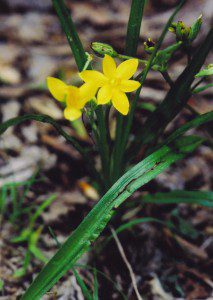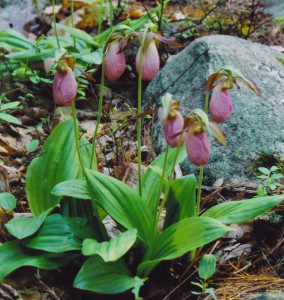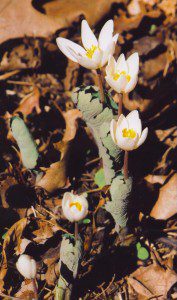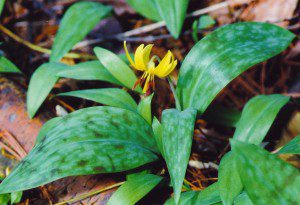Last week, we co-hosted an informational coyote presentation at the Stoneham Police Department. Stoneham Animal Control Officer Brian Johnstone and volunteer Jenn Silva helped us welcome John Maguranis from Project Coyote. Read on to see what our 12-year-old “junior intern” Lydia Olivieri learned from the event:
By Lydia Olivieri
When you listen to John Maguranis, the Massachusetts representative for Project Coyote, talk for two hours about coyotes (he calls them “ki-ots”), you learn lots of fascinating things you didn’t know. These are the top 10 facts I learned about the coyote from the “Living with Coyotes” event sponsored by the Friends of the Fells and the Stoneham Police Department.
- What we know as a coyote is very different than what the rest of the country knows as one. In the northeast, the coyote we see is the Eastern coyote, which is really a mix of the Western coyote, wolf, and even part dog. When humans started to travel west around the 1850s, we met up with the wolf. It wasn’t a pleasure for the animals. Many ranchers hated the wolf and practically wiped them out. Researchers believe this opened the door for coyotes to expand their range, so some of the coyotes moved east and mated with the wolves in the Northeast and created the same eastern coyote you might see in your neighborhood today. One difference between the two types of coyotes is that the Eastern coyote is sizably bigger than the western coyote.
- Coyotes like to travel by rail. The railroad tracks are a phenomenal place for coyotes to travel. This is because tracks provide a clear pathway that stretches for miles. Tracks are also a human-free zone.
- Family relations between coyotes are very sophisticated. Most coyotes usually mate for life, but even though they’re loyal to their mates, it’s not always the same for their pups. Maguranis tells stories of times he approached coyote dens and the parents bolted from the den and left their pups there to fend for themselves. Maguranis said this happens when humans or other large animals enter their dens. It is a matter of survival instincts for the parents, who can always mate again. But once the danger leaves, the coyotes return and move the pups to a new, safer location. If the litter does survive until adulthood, the pups usually go off on their own to mate and start their own territory or sometimes just wander around. The pups sometimes return to their parents’ territory. They are allowed to stay there, but they lose some privileges, such as they only get to eat leftovers. Usually, females stay at the den, and the males provide food and protection.
- The biggest threat to coyotes is humans. When humans use harmful chemicals, such as rodenticide, these chemicals harm coyotes. Rodenticide lowers the immune system of coyotes and causes mange outbreaks. Maguranis rescues many animals with this problem, and he brings them to Tufts Wildlife Clinic where the people there rehabilitate them. The life span of an eastern coyote is 9-13 years, but 500,000 coyotes are killed a year by humans. Coyotes are at risk when humans feed them. When coyotes are fed by humans, they see humans as a provider of food. That is dangerous for a coyote. They lose their healthy fear of humans, and when humans and coyotes interact, it isn’t good for either of them. Almost all the know coyote attacks have been the result of people feeding them in the past. “A fed coyote is a dead coyote,” said Maguranis.
- Coyotes can be extremely useful. Coyotes play a key role in maintaining the ecosystem. For instance, they balance the population of animals like Canada geese and deer, and since they eat mainly rodents (almost 1,500 a year), they may lower the risk of Lyme disease. If you are a golfer, there is a chance you’ve seen a coyote at a golfing range. This is because coyotes eat rats around golf courses, so the owners like coyotes in those areas. It’s a win-win situation because the coyotes have food to eat, and the golf course owners don’t have to use rodenticide.
- What to do if you see a coyote. If you see a coyote, do not be afraid. You might’ve heard the rumor that if you see a coyote in your backyard, you should bang pots and pans together. That will scare the coyote away, but it doesn’t prevent them from coming back. Instead, you should walk toward them aggressively so that they know you’re the boss. Not only will they run away, but they will also learn a permanent lesson to stay away from humans. This process is called “hazing”. Ask to be connected to Maguranis for training in hazing. Unless a coyote is rabid, it will almost always run away. The amount of time in which it runs away will vary based on its experience with humans.
- Coyotes are rarely rabid. In the past 24 years, there have only been 13 cases of coyotes testing positive for rabies in the state lab while there have been 199 confirmed cases in domestic cats. This is because the rabies virus is very weak, so if a coyote eats an animal with rabies, it is extremely unlikely the coyote will then get rabies from it. Also, rabies comes from being bitten, and since coyotes are predators, animals aren’t usually biting them.
- Coyotes are not nocturnal. A common misconception about coyotes is that they are nocturnal. They are actually crepuscular, which means they are more active around dawn and dusk. They prefer to do their activities immediately after dawn simply because there are few humans out at that time.
- A coyote’s territory can range from three city blocks to 70 miles. In urban areas, a coyote’s territory is usually rather small, but if a coyote lives in the wilderness, its territory can be up to 70 miles. The size of the territory is not only based on the density of the place, it is also based on how much food a coyote can find in that area; sometimes three blocks is enough. Coyotes are very protective of their territory and only allow family members inside, and other coyotes usually respect other coyotes’ boundaries.
- Coyotes have an unfair reputation as being vicious. During the program, Maguranis talked about how when someone gets bitten by a coyote, the media is all over it. For example, the first recorded coyote bite in MA took place in the Cape about sixteen years ago. A young boy was outside and bitten by a coyote. News stations all around the country covered this story, but it wasn’t till a few months later when people found out what really happened. It turned out a veterinarian had struck the coyote with his car sometime earlier and took the animal to his clinic to heal a broken leg. While the vet was tending to the coyote, he was feeding the animal, so it learned to get food from humans. It just so happened that the boy who was bitten had food on him, so the coyote attacked. Once this was found out, only a few news stations covered it. Coyotes rarely bite people. In fact, in the past 65 to 70 years, there have only been seven confirmed cases of Eastern coyotes biting a human in Massachusetts. By contrast, there are 4.7 million dog bites a year in the US.
Thank you for reading my blog. Are there any things that surprised you in this blog or think we should’ve mentioned? You can learn more about John Maguranis’ program Fostering Coexistence at projectcoyote.org.
By Lydia Olivieri
7th grade student at Andrews Middle School (Medford)

